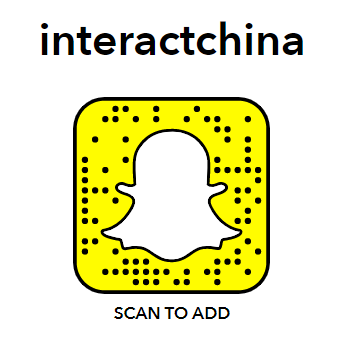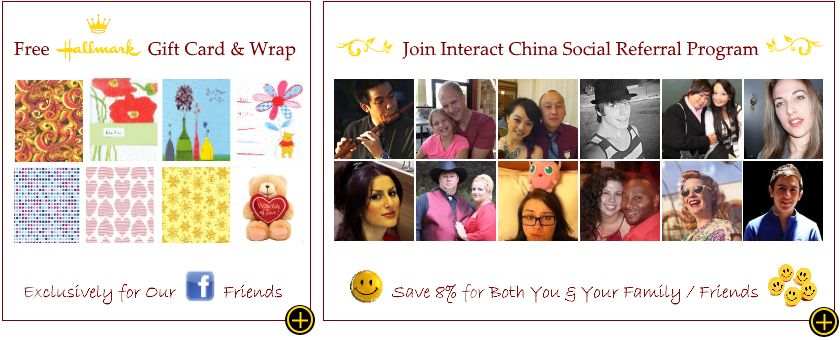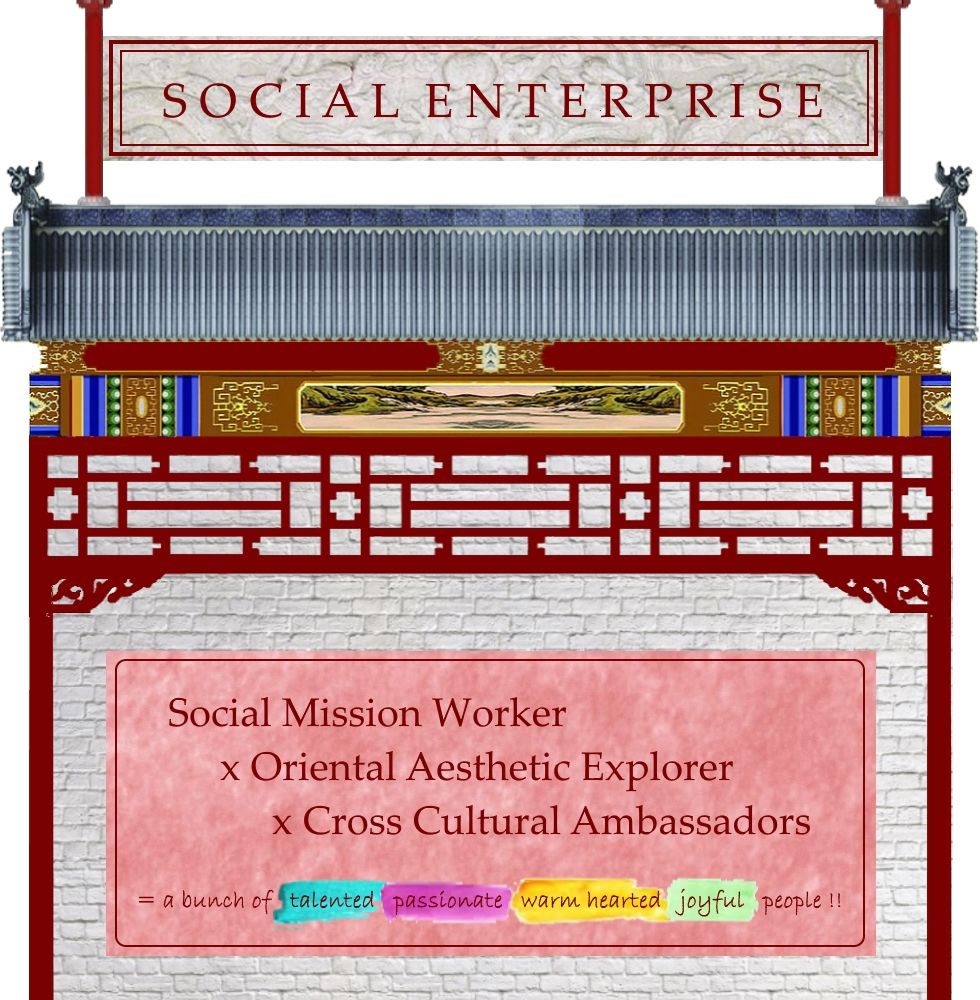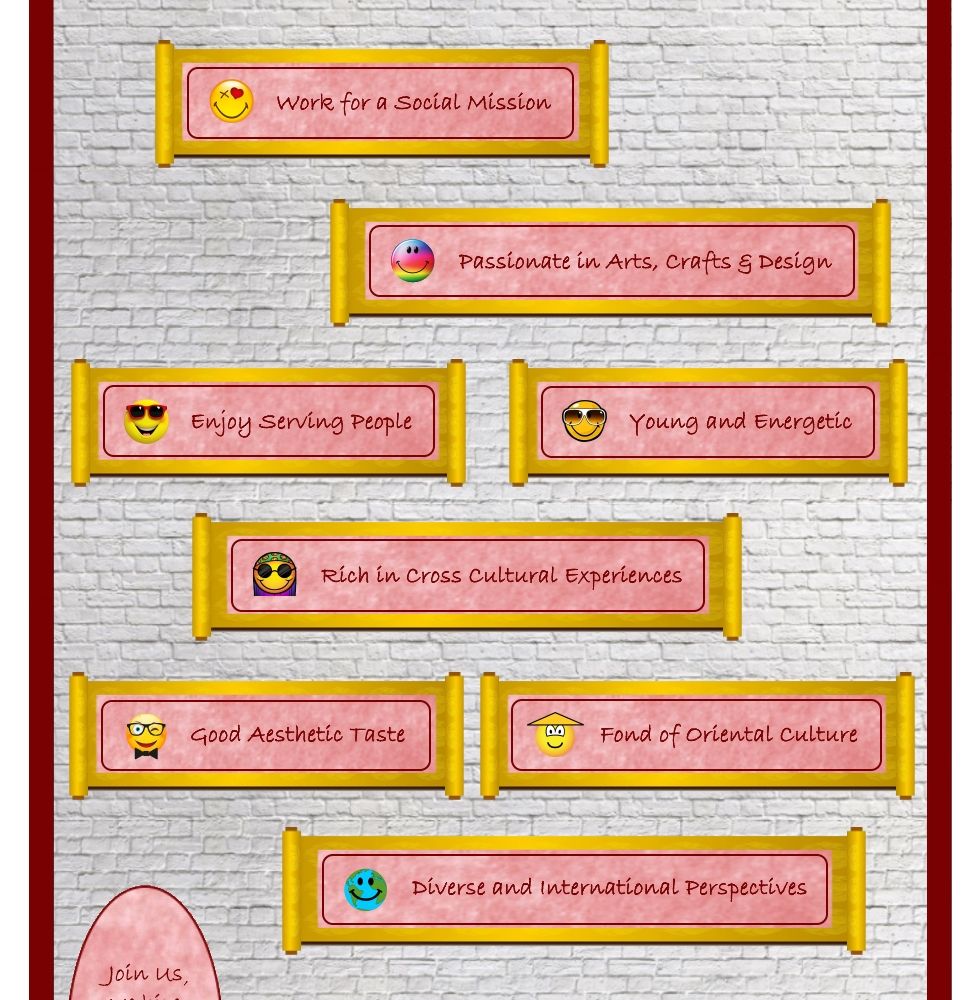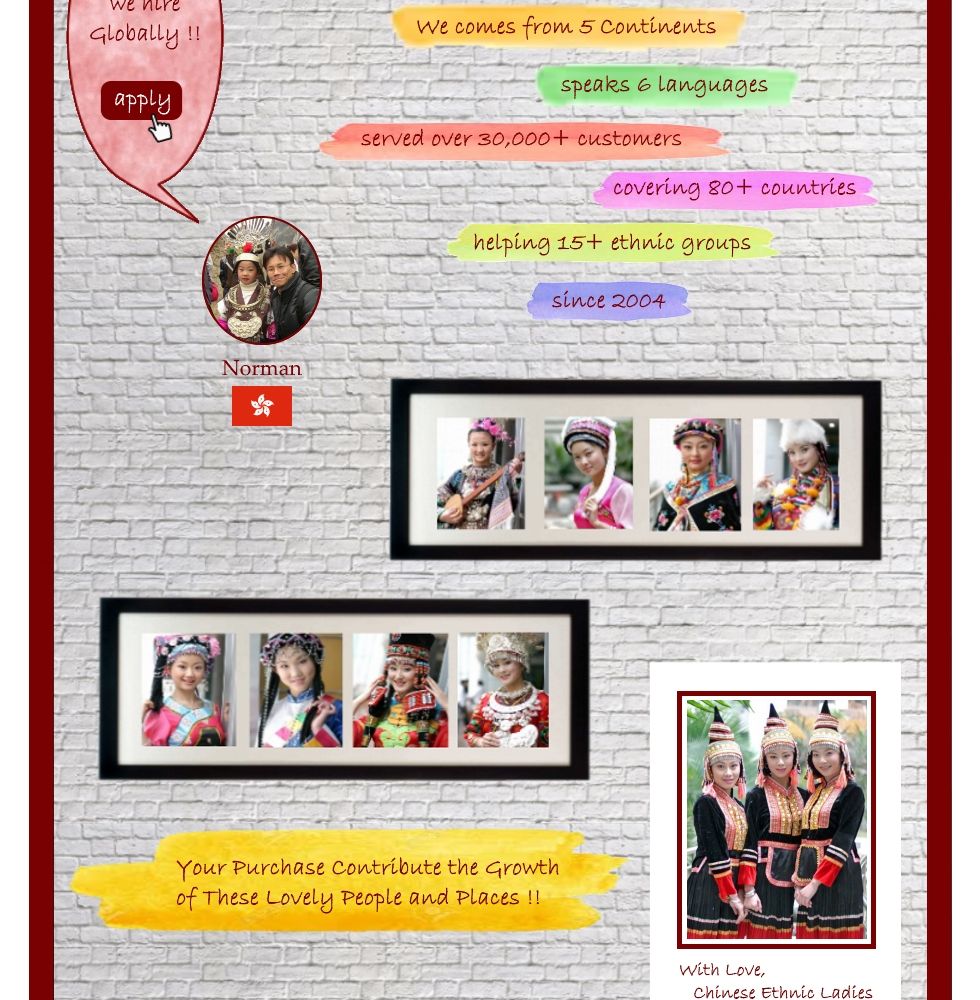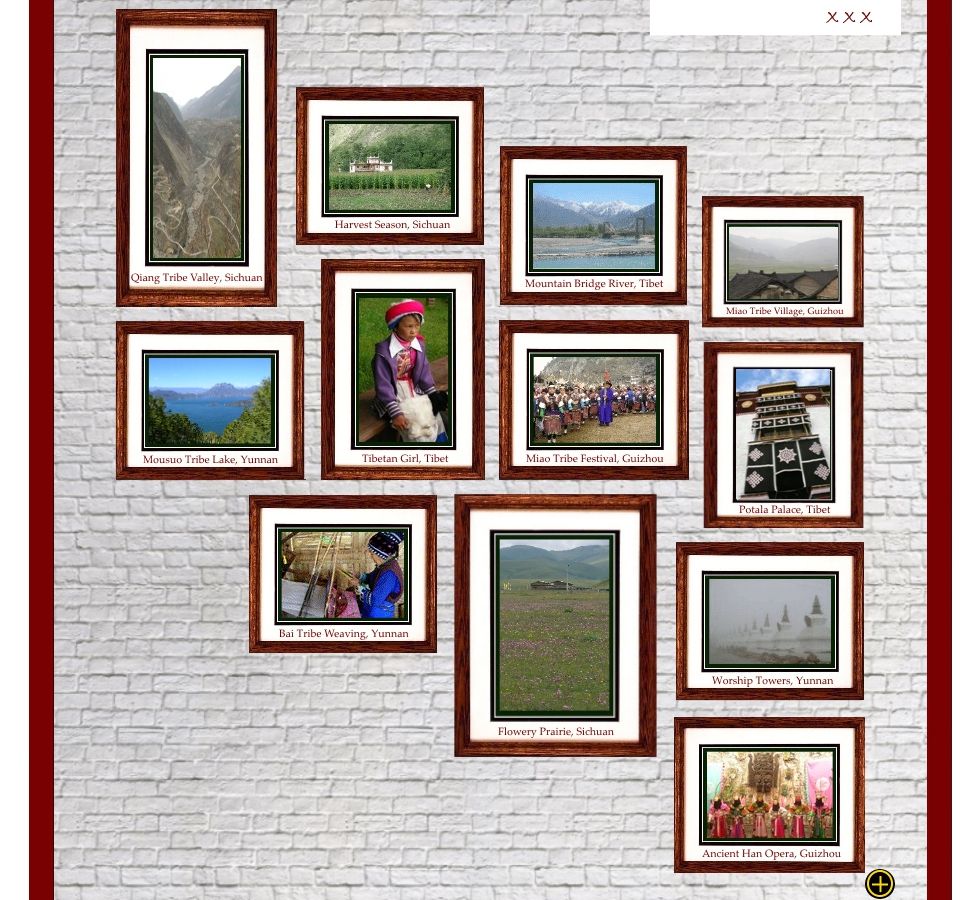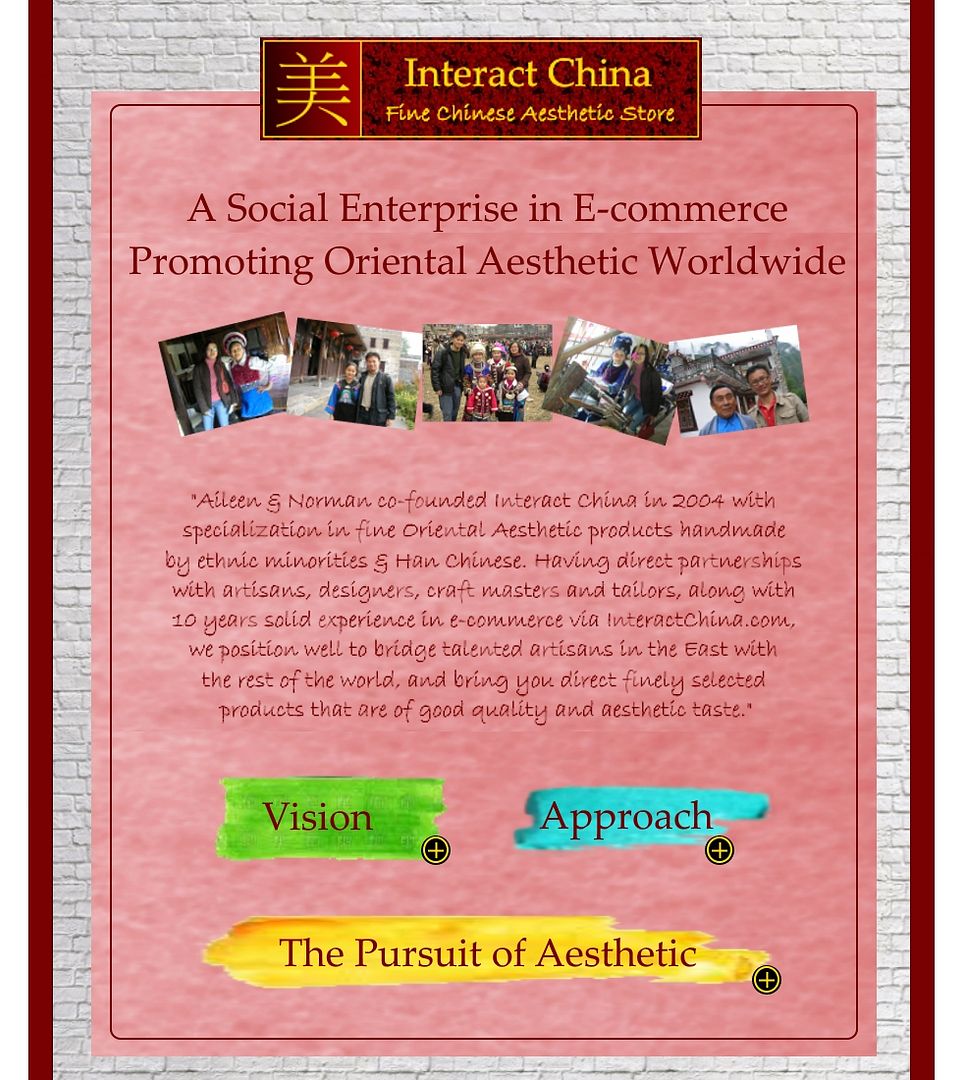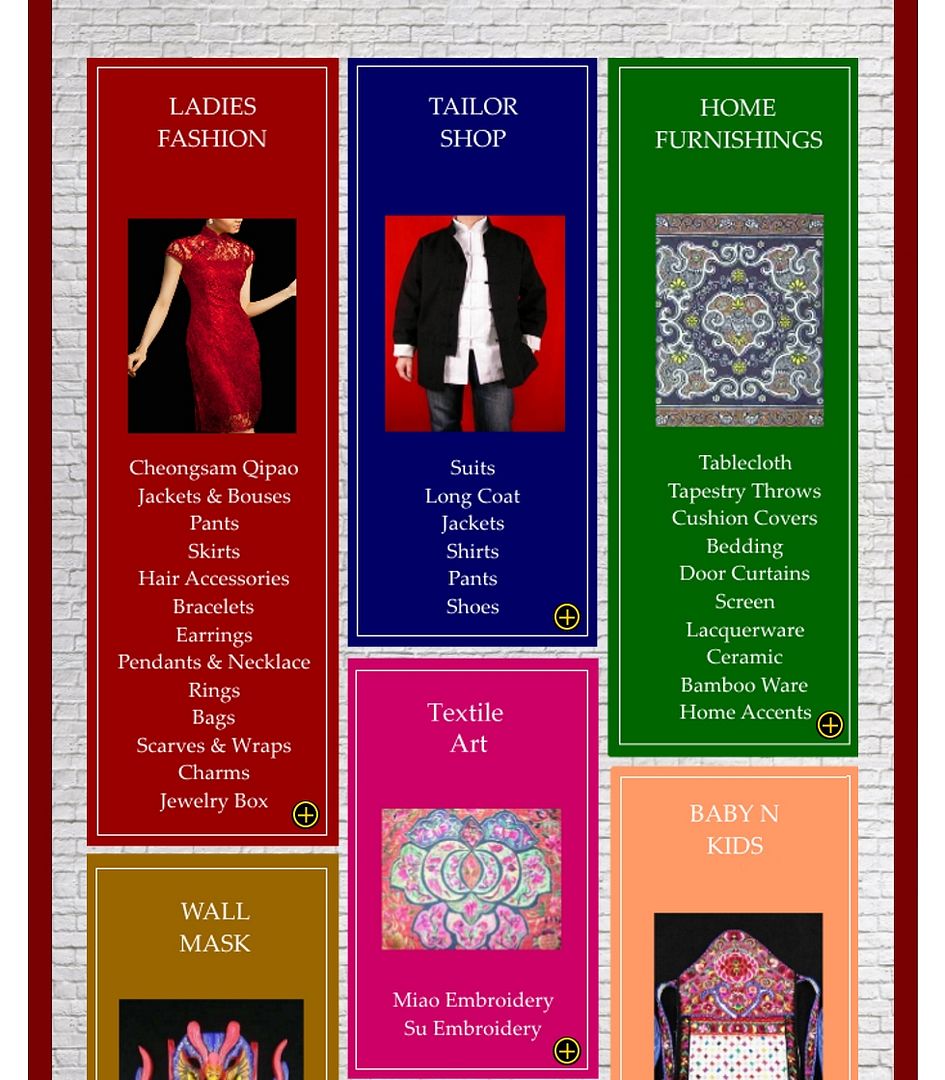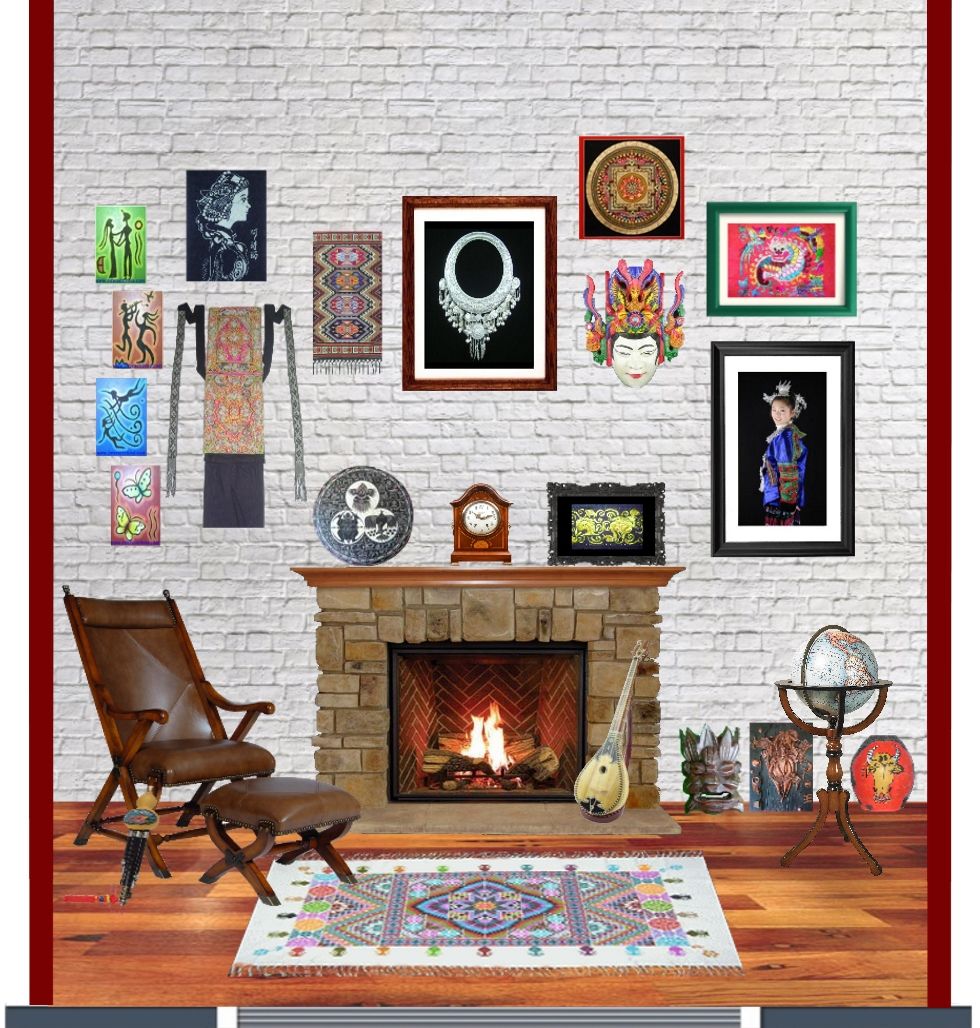Tai Chi Chuan and Ancient Chinese Philosophy
7th Jun 2017
Tai chi chuan is a time-honored scientific way of maintaining physical and mental health. It is an art for strengthening man’s organism, developing his intellect and ennobling his soul. Based on the theory of yin and yang and of the unity of man and nature expounded in ancient Chinese philosophy, it helps the self-actualization and physical and spiritual emancipation of man.
Terminology

The name “Tai chi chuan” is held to be derived from the Taiji symbol, commonly known in the West as the “yin-yang” diagram.The term Tai chi chuan translates as “supreme ultimate fist”, “boundless fist”, “great extremes boxing”, or simply “the ultimate”. The concept of the Tai chi (“supreme ultimate”) appears in both Taoist and Confucian Chinese philosophy, where it represents the fusion or mother of Yin and Yang into a single Ultimate. And its theory and practice evolved in agreement with many Chinese philosophical principles, including those of Taoism and Confucianism.
Yin and Yang

Yin and yang are inseparable from each other; as extreme yin becomes yang and extreme yang becomes yin, the two transform into each other all the time. A similar relationship exists between emptiness and solidity in tai chi chuan movements: the two opposing aspects, coexisting in a single entity, are interdependent and interpenetrable, with each transforming itself into the other all the time.
The philosophy of Tai Chi Chuan is that, if one uses hardness to resist violent force, then both sides are certain to be injured at least to some degree. Such injury, according to tai chi theory, is a natural consequence of meeting brute force with brute force. Instead, students are taught not to directly fight or resist an incoming force, but to meet it in softness and follow its motion while remaining in physical contact until the incoming force of attack exhausts itself or can be safely redirected, meeting yang with yin. Application of strength in taijiquan, for instance, is such that the movements appear to be slow and gentle but are actually charged with powerful force — just like a steel rod wrapped in cotton.
Contradiction and Unity
In fact, all tai chi chuan movements contain a unity of opposites: advance and retreat, upward and downward, slow and fast, stretching and bending, opening and closing, forward and backward, right and left, releasing and withdrawing, rise and fall, inhale and exhale, pull and push. Such a dialectical relationship also exists between motion and stillness in taijiquan exercise.

The theory of taiji, with all its implications about the transformation of yin and yang and their contradiction and unity, is explained in writing in Lao Zi’s The Classic of the Way and Its Power (Tao Teh Ching) and graphically described in Zhou Dunyi’s Treatise on the Taiji Diagram. These simple yet profound philosophical ideas form the theoretical basis of taijiquan and serve as the guiding principles for the performance of all kinds of taiji movements.
To the minds of some Westerners, Oriental culture is a baffling mystery, and so is the Chinese art of tai ch chuan with its indescribable charm and grace. For them to appreciate the true value of tai chi chuan, it is necessary to know more about the philosophical ideas underlying it.
by Xiao Xiao @ InteractChina.com
About Interact China
-----------------------------------------------------------------------------------------------------------------------------
"A Social Enterprise in E-commerce Promoting Oriental Aesthetic Worldwide"
Aileen & Norman co-founded Interact China in 2004 with specialization in fine Oriental Aesthetic products handmade by ethnic minorities & Han Chinese. Having direct partnerships with artisans, designers, craft masters and tailors, along with 10 years solid experience in e-commerce via InteractChina.com, we position well to bridge talented artisans in the East with the rest of the world, and bring you direct finely selected products that are of good quality and aesthetic taste.
So far we carry 3000+ goods covering Ladies Fashion, Kungfu Clothing, Home Furnishings, Babies & Kids, Painting Arts, Textile Arts, Carving Arts, Tribal Jewelry Art, Wall Masks and Musical Instruments. Our team speak English, French, German, Spanish and Italian, and serve customers worldwide with passion and hearts.
-----------------------------------------------------------------------------------------------------------------------------
P.S. We Need People with Similar Passion to Join Our Blogging Team!
If you have passion to write about Oriental Aesthetic in Fashion, Home Decor, Art & Crafts, Culture, Music, Books, and Charity, please contact us at bloggers@interactchina.com, we would love to hear from you!






